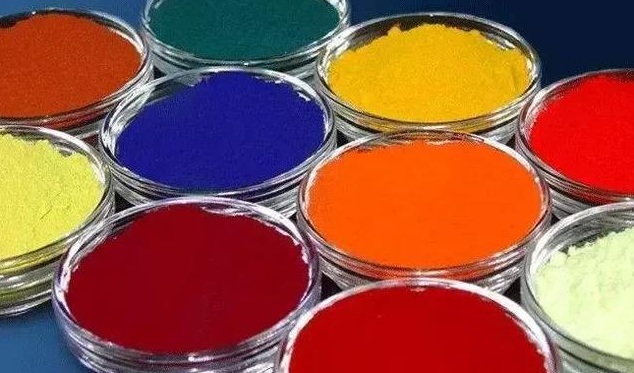What is the difference between natural pigment and synthetic pigment?

Natural pigments:
Advantages: can better imitate the color of natural objects, tonal natural.
Disadvantages: high cost, short shelf life, easy to be affected by the external environment, generally difficult to disperse, poor miscibility between colorants.
Synthetic pigment:
Advantages: bright color, many tones, stable performance, strong coloring power, strong fastness, simple color adjustment, easy to use, low cost and wide application.
Disadvantages: toxic.

There are many kinds of natural pigments and synthetic pigments. I will find a few common ones here, and I will not give you a list one by one.
Let's start with red.
Betaine: a natural pigment that is rarely absorbed and does not decompose even if it is absorbed into the body. It is excreted only in the urine.
Lycopene: one of the strongest antioxidants found in plants, the red color of tomatoes and watermelons comes from this, and, of course, the red color of grapefruit also comes from this kind of thing.
Amaranth, carmine, seductive red: these three are the most common synthetic pigments, they are generally used in fruit juice (flavor) drinks, carbonated drinks, candy coats and so on. So we should note that although the addition of these pigments are in line with the national hygienic standards for the use of food additives, but these beverage candy if eaten too much will still cause obesity problems, but also may cause other adverse effects on the body.
Curcumin: curcumin is an essential ingredient for curry and contains 3% to 6% curcumin. Curcumin is a kind of polyphenols, which may have a certain health function, so it has been the focus of nutrition research in recent years.

The yellow color of carrots comes from carotene. Among them, β-carotene is a common food pigment.
Sunset yellow, lemon yellow: two major synthetic pigments. Generally used in fruit juice drinks, carbonated drinks, wine, candy coats, pastries, ice cream and so on.
Indigo: in ancient times, indigo was extracted from blue grass, and now indigo is often made in large quantities by means of chemical synthesis.
Algal blue: extracted from spirulina, it is a relatively rare protein pigment.
Bright blue: a synthetic pigment of blue.
When it comes to green, people will certainly think of chlorophyll, but in fact, chlorophyll is unstable and can not be used as an additive. After artificial modification, sodium copper chlorophyllin is a relatively stable green pigment.
The green added to the food is usually blue and yellow. For example, lemon yellow + bright blue is a more commonly used combination.
Caramelization will occur in the process of high temperature frying of sugar and dehydration to form dark brown caramel. In the food industry, the process of stir-frying sugar color can be strictly controlled to produce different kinds of caramel color.
In addition to caramel color, there are plant carbon black, bamboo charcoal powder and cuttlefish juice, all of which can dye food black. For example, black spaghetti is likely to be dyed with cuttlefish juice, while black biscuits, ice cream and hamburger bread may be bamboo charcoal powder or plant charcoal black.
At present, there is only one white food pigment: titanium dioxide. Of course, it is also a synthetic pigment.
Contact: Info
Phone: +86-15018706725 (Wechat & Whatsapp)
E-mail: info@flavoursogood.com
Add: East Dongfeng Road, North of Baiyun Ave, 510440, Guangzhou